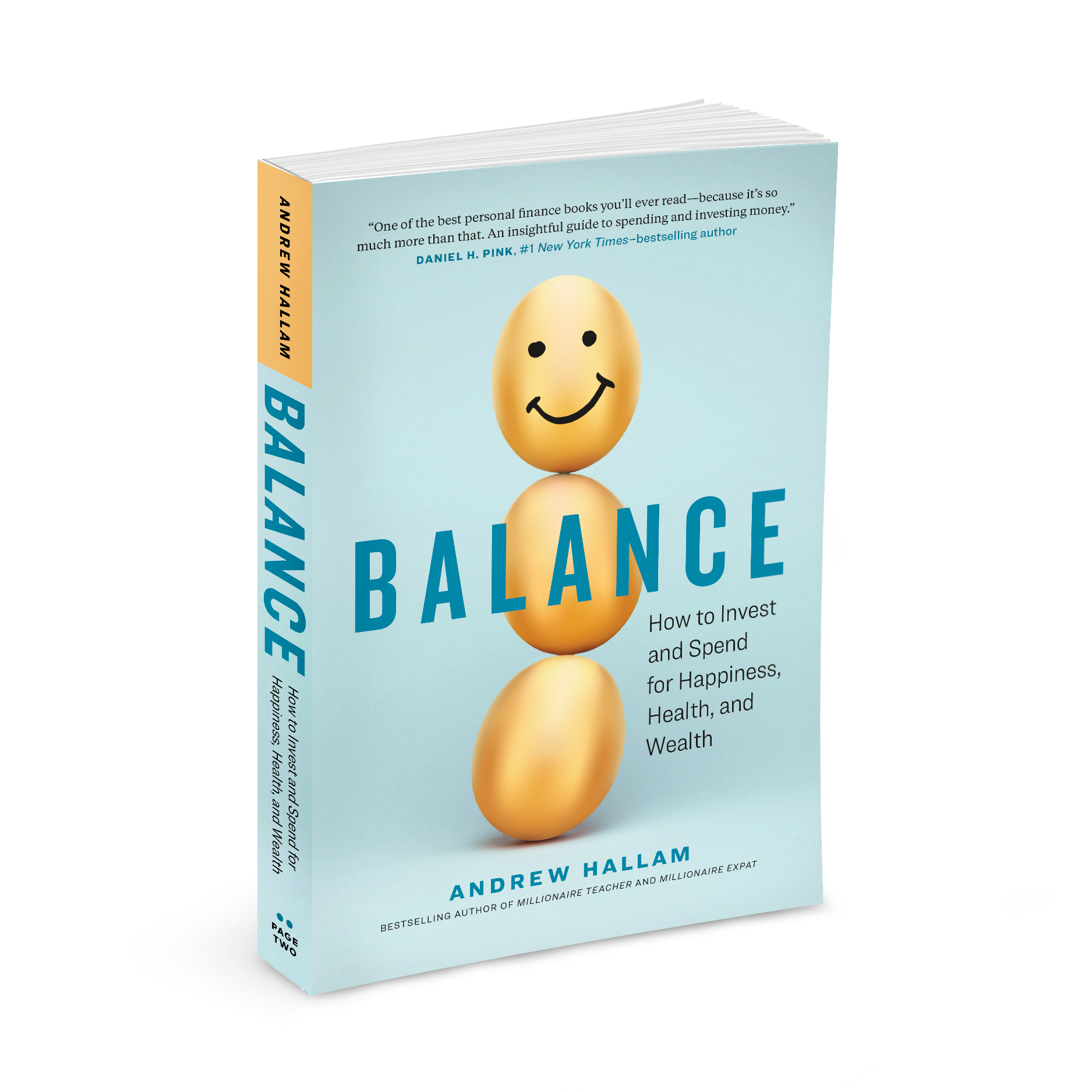My friend, Jeff, can’t buy index funds. It has nothing to do with their lack of accessibility; he just can’t bring himself to do it.
For him, beating 90 percent of professional investors isn’t enough. He wants to be in that top 10 percent.
So far, he isn’t. Candid about his results, he says, “A diversified portfolio of indexes has beaten my portfolio of stocks, but I still can’t bring myself to buy indexes.”
I have a couple of suggestions for him:
1. He could try to buy value oriented stocks, like Warren Buffett
Or
2. He could follow the strategies of Michael O’Higgins
Who’s Michael O’Higgins?
If you don’t know who Michael O’Higgins is, then I have a treat for you.
If I was hit by a bus today, and I had to pick an active manager to handle my money (I doubt my wife would be interested in doing it herself) I’d pay a posthumous visit to O’Higgins, hoping, of course, that he wouldn’t suffer cardiac arrest and join me in a post-ghost whisperer sort of way.
More than twenty five years ago, Michael O’Higgins devised a simple strategy that he hoped would beat the market. Anyone following it would have needed nerves of steel because they would have had to buy Wall Street’s most unpopular Dow Jones Industrial stocks.
But if you could have ignored Wall Street’s forecasters, stock analysts and general stock market direction (while just following Michael O’Higgins’ strategy) you would have done very well indeed.
By 1978, O’Higgins had enough confidence to take his show on the road. He explained a method that took just 10 minutes a year to implement, and in 1991, he wrote the classic bestseller, Beating The Dow, which outlined that basic strategy.
This was it, in a nutshell:
The businesses on the Dow are the New York Stock Exchange’s heavyweights. When they stumble, their prices fall. But because they tend to have such strong pedigrees and resources, they usually recover, dramatically.
O’Higgins’ strategy was to find the ten highest dividend yielding stocks on the Dow. Once he identified them, he identified the five cheapest stocks among them, in terms of price (not PE ratio).
The idea was to buy those five “Dogs of the Dow” and hold them for a year, before running the same selection process again. If some of his stocks no longer fit the criteria, he’d sell those that didn’t, and buy the stocks that did.
- From 1969 to 1998, the Dogs of the Dow strategy gained a total of 13,057 percent.
- From 1969 to 1998, the Dow Jones Industrials (with reinvested dividends) gained 2,492 percent.
I know what you’re thinking: Three years later, the markets started to slide sideways. How did O’Higgins’ strategy work out after that?
The year, 1998, was an extraordinary time. Everyone and his dog (no pun intended) were snatching up stocks, thinking they were easy keys to riches. And why not? To the neophyte, the stock market was an unstoppable machine, with the Dow stocks alone, gaining 2,492 percent in just 29 years.
But O’Higgins recognized that the market was ridiculously high, with price to earnings at silly levels.
That’s when he penned another book: Beating the Dow With Bonds. In my next post, I’ll explain his 1998 strategy, which incidentally, would have made a small fortune for anyone following it, between 1998 and 2011.
And in my third post of this series, I’ll talk about O’Higgins’ new 2011 strategy, which decreases an investor’s volatility even further, and (if historical results are an indicator) produces exceptional returns.
I don’t listen to forecasters, or “experts” on television. Most investment gurus lay down advice that looks silly, when measured by the test of time. But Michael O’Higgins is different.
And I look forward to sharing more in my next two posts and reflecting on why I think this man’s methods have been so successful.





